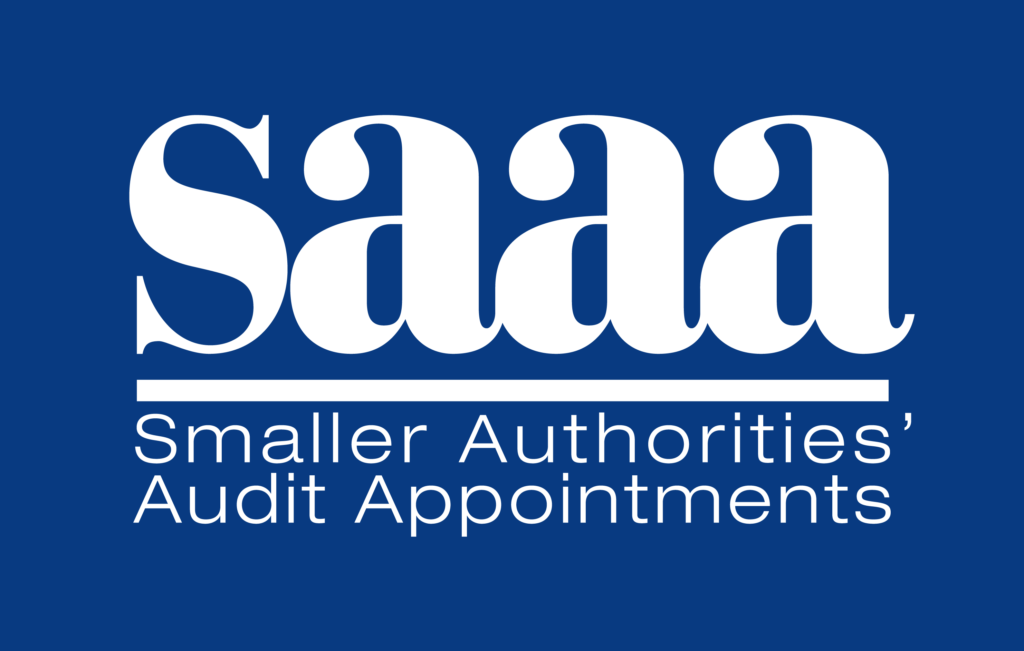Annual Governance and Accountability Return (AGAR)
The Annual Governance and Accountability Return must be completed annually after the conclusion of the financial year and before the end of June.
The Responsible Finance Officer (RFO) must certify that the accounting statements present fairly the financial position of the authority and its income and expenditure or receipts and payments.
The RFO must arrange for the following to be completed and signed off:
- Section 1: Annual governance statement (AGS) – comprising ‘yes’, ‘no’ or ‘not applicable’ answers to nine assertions approved by the authority. Proper practices require the authority to approve Section 1 before Section 2.
- Section 2: Accounting statements – prepared in accordance with the Practitioners’ Guide and approved by the authority
- Annual internal audit report – providing an independent report on the adequacy and effectiveness of the authority’s system of internal control.
The AGAR is divided into 3 separate forms which reflect different levels of financial turnover. An authority will need to complete only one of the three forms.
Parish Meetings where there is no Parish Council have slightly different AGAR forms for completion – Form 1PM, Form 2PM, Form 3PM – reflecting the differences in statutory requirements applicable to Parish Meetings
The external auditor will distribute the audit instruction letter by e-mail towards the end of the financial year (late March).
In line with government strategy, all communications including the sending out of the audit instructions and AGAR from the appointed auditors will be via e-mail unless paper copies have been specifically requested.
If you have not received any communication from your appointed external auditor by mid-April then please contact them. You should check spam and junk folders to ensure any e-mail has not been filtered; it is advisable to add the auditor to your ‘safe senders’ list.
The authority should have a specific authority e-mail address “belonging to the authority” rather than using a personal e-mail address of the Clerk; this will ensure that important e-mail communications continue to be received even if there is a change in Clerk.
An electronic PDF version of the AGAR can be downloaded and completed electronically. This can then be printed off, signed, as physical signatures are still required, and returned to the auditor. The AGAR can be scanned and returned by e-mail. Use post or e-mail, not both.
The authority is responsible for ensuring that its financial management is adequate and effective and that it has a sound system of internal control, must confirm and provide assurance on governance matters and summarise the accounting records for the financial year.
The Annual Governance and Accountability Return needs to be completed in accordance with “Proper Practices” as set out in “Governance and Accountability for Smaller Authorities in England – A Practitioners’ Guide to Proper Practices.”
The Practitioners’ Guide is issued by the Joint Panel on Accountability and Governance (JPAG) https://www.nalc.gov.uk/jpag and is available to download from the SAAA or member organisation websites.
Assistance and Advice
Further technical and practical assistance and advice can be obtained from the following membership organisations:
Key dates
Between 1 April and 30 June
– the AGAR is completed and approved by a full meeting of the authority. A Certificate of Exemption or a completed AGAR Form 3 with supporting documents must then be sent to the external auditor.
Before 1 July
– the required documents are published.
Before 1 October
– authorities that required a limited assurance review by the external auditor must publish the required documents together with the completed External Auditor Report and Certificate
If an authority fails to submit either a Certificate of Exemption or completed AGAR then the external auditor will follow-up and charge for reminders, and then will consider whether exercise formal powers such as issuing a Statutory Recommendation or Report in the Public Interest.
Reports in the Public Interest are copied to the Secretary of State at the Department for Levelling-Up, Housing and Communities (DLUHC) and the Monitoring Officer at the local Unitary or District Authority. They are also published on the SAAA website.
If either a Statutory Recommendation or Report in the Public Interest are issued, the authority will be unable to certify itself as exempt for the following year and will need to submit a completed AGAR to the external auditor for a limited assurance review and be charged the relevant fee.
